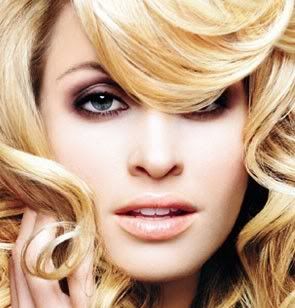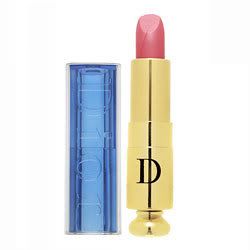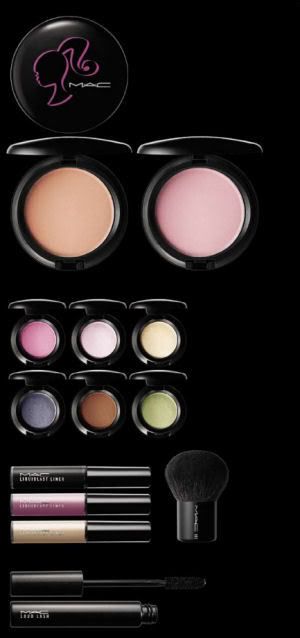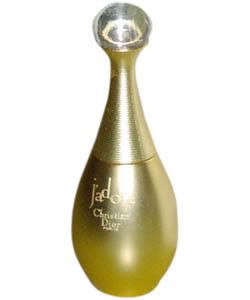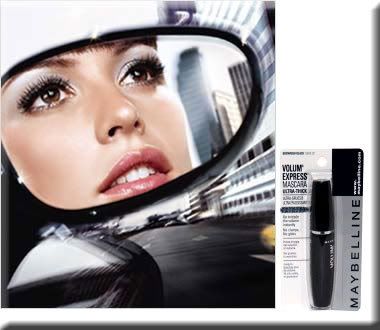Do's and Don'ts for hair care

1. Do you really know how to shampoo your hair? When washing your hair, work the lather from roots to ends. Always massage scalp well with your fingertips — never with fingernails.
2. Don't condition your roots. No matter what type of hair you have, you do not need conditioner there. Roots are close to the oil glands and that's plenty of lubrication. Besides, roots don't get damaged like the rest of the tresses. Apply conditioner at the nape of your neck and work up and through hair, concentrating on the ends.
3. DO make sure you completely coat your ends with conditioner.
4. DO rinse with cool water to help seal the cuticle and lock in more shine.
5. DO dry your hair without damaging it. Pressing your dryer directly on your hair will not dry it faster or make it straighter. This technique causes the hair shaft to expand and the outer layer to curl up, which produces a fuzzy look. Wrap your hair in a towel until it is about halfway dry. Then, hold your dryer five inches away from your hair aiming from roots to ends.
6. When straightening your curly hair with a flat iron, always have a leave-in conditioner spray on your side. The direct heat from flat irons can cause damage to your hair. To combat this damage, spritz a leave-in conditioner on each hair "chunk" before putting the flat iron on it.
7. When adding curl to your straight hair with a curling iron, always have a leave-in conditioner spray on your side.The direct heat from curling irons can cause damage to your hair. To combat this damage, spritz a leave-in conditioner on each hair "chunk" before applying the curling iron.
All hair types need to use a conditioning treatment at least monthly. From blow-drying to coloring, and from flat-irons to swimming, we all do things that are damaging and dulling to our hair. Pamper your stressed hair at least once a month with hot oils and other deep conditioners that will restore it to its best condition.




